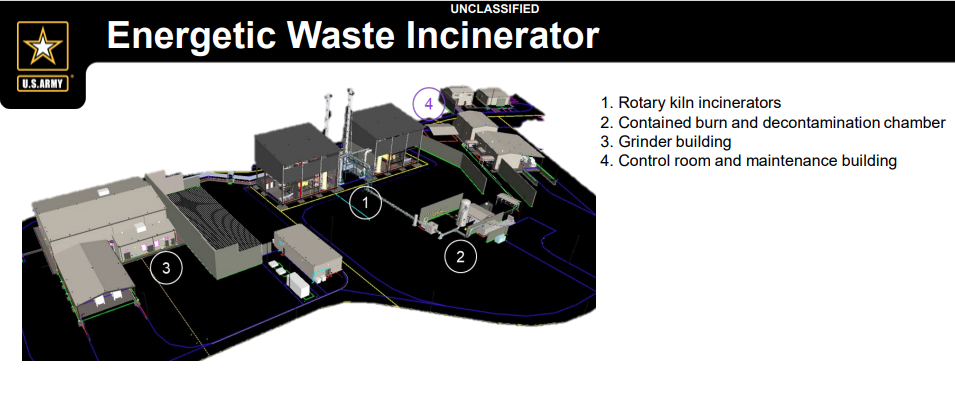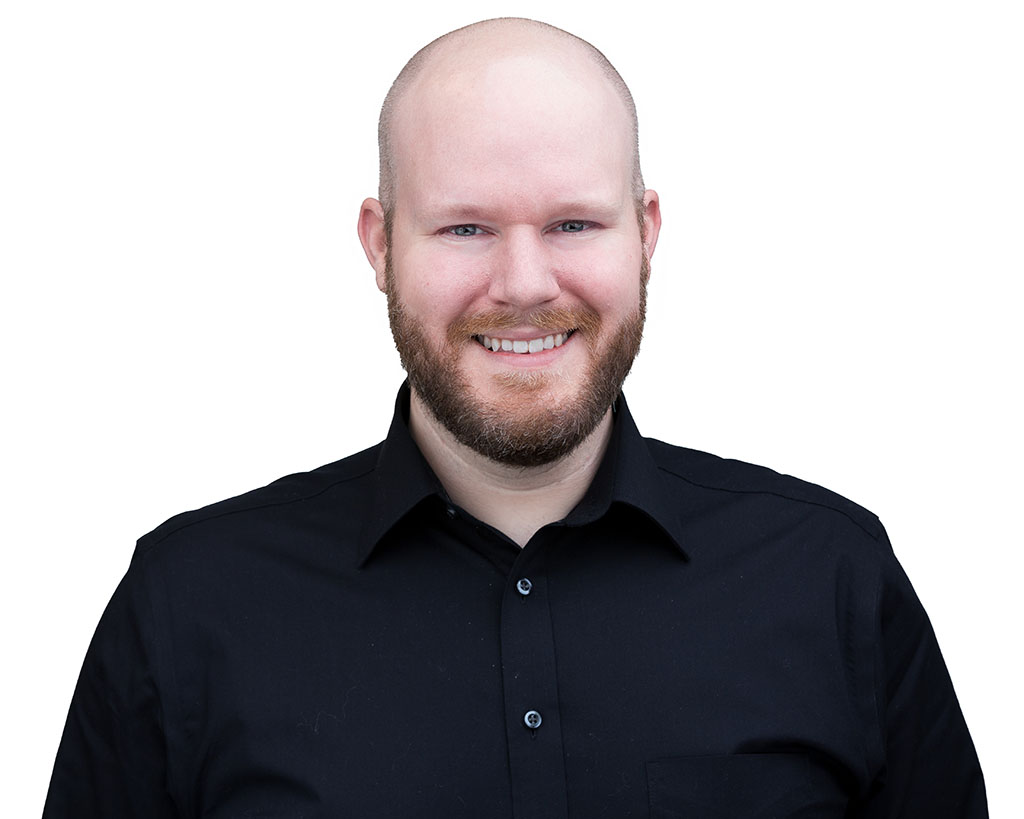Energetic Waste Incinerator and Combustible Waste Processor

Client
US Army Corps of Engineers® Norfolk District
Project Location
Radford Army Ammunition Plant, VA
Services Provided
Independent Cost Estimate, Value Engineering Study
Type of Project
Hazardous & Solid Waste
“The Radford Army Ammunition Plant (RFAAP) was built in the 1940s to support the war effort. It has played an important role in every American conflict since then, and today is the core propellant-manufacturing facility for the U.S. Department of Defense.” BAE
While producing these propellants, the process also generates Energetic Waste (EW) and Energetic Contaminated Waste (ECW). Currently, there are two methods to dispose of this waste. The waste is either disposed of by using the two existing Energetic Waste Incinerators (EWI) or by using the open burning grounds (OBG). Due to the age of the existing EWI facility; and to reduce the amount of waste disposed using the site’s OBG, the US Army has initiated a program to design and construct a new EWI facility. “The construction of the new EWI/CWP facility will nearly eliminate the use of the open burning ground at RFAAP..” Army.mil
The SVS Team Leaders, who are both Certified Value Specialists (CVS®), led the five-day Value Engineering workshop supported by a multidisciplinary team of subject matter experts. To provide a focused and comprehensive review of the project, this workshop utilized two concurrent Value Workshops in order to review both the site and building project scope in addition to optimizing the waste incineration process.
In addition to the Site and Building Team’s 27 recommendations which simplified the building systems across the ten buildings located on the site (offering a potential savings of 11% of the project cost), the Process Team also developed 29 recommendations which optimized the process equipment and material handling on the site (an additional potential savings of 40% of the project cost). Most significantly, the Value Team challenged the multiple layers of redundancy which existed throughout the process along with the additional spare capacity that was engineered into the design. The Team also identified several “nice-to-haves” on the project and helped to separate needs from wants to enable the stakeholders to meet budgetary constraints.
Several additional recommendations were developed which proposed air pollution control improvements along with an alternate incinerator technology for consideration. In total, the Value Team’s recommendations provided an opportunity for 51% in capital cost savings with additional life cycle cost savings.
In addition to the 56 value improvement opportunities developed during the workshop, the Value Team developed a comprehensive risk register which captured over 45 key risks related to project management, design, construction, and procurement activities. Many of these risks reflected significant risk to the project’s cost and schedule.
For more detailed project information and results, please contact the SVS Project Manager directly


